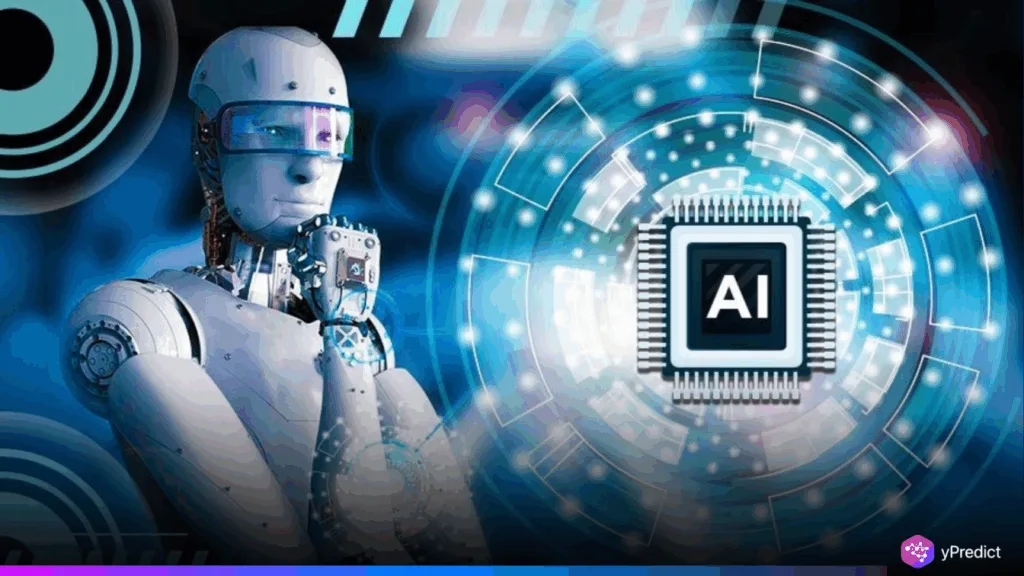
Cristóbal Valenzuela’s recent post sparks a thought-provoking debate on the identity of AI media in today’s creative landscape. Instead of considering it as a derivative of painting, photography, or film, he insists that it is a new means of expression. This opinion appeals to the current shift in art and technology and draws curious parallels with what people in the past thought of innovation upon its first appearance. The framing by Valenzuela places AI media on the edge of acquiring such awareness.
AI Media as a Distinct Creative Medium
Valenzuela claims that we should not understand AI media as an extension of already familiar forms. Traditional painting relies on compositional skill and direct use of material, while photography and cinema document visual reality through light and motion. By contrast, AI media leverages entirely different mechanics, operating through the navigation of latent space and iterative sampling. A widely discussed analysis from MIT’s Media Lab in 2023 emphasized this distinction, noting that the process underpinning generative models bears little resemblance to the linear workflows of film production or the tactile craft of painting.
Instead, AI media branches asynchronously, exploring numerous potential outputs in real time. This creates a radically new creative language that legacy frameworks cannot measure. Valenzuela’s assertion that “most knowledge doesn’t transfer” reflects this, underscoring the need for fresh methodologies in learning and mastery. The future of this practice will not be about replicating cinematic continuity or painterly layering but about discovering unexplored structures native to algorithms. Just as montage once redefined cinema, techniques unique to AI media hold promise for revolutionizing how audiences perceive and interact with creative work.
Historical Parallels and New Possibilities
The idea that AI media is undergoing its experimental birth phase gains credibility through historical comparison. Upon the introduction of photography, a lot of artists disregarded it since they compared it with the qualities of painting and criticized the fact that it does not echo the effects of the brush. Nevertheless, photography criticized its mark by simply recording the light unaided, therefore freeing painting to turn to abstraction. Similarly, there was a time when people considered cinema as filmed theater until pioneers found ways of breakthroughs such as montage and continuity editing, which made cinema a distinct form of expression.
Instead, Valenzuela argues that critics of AI media in terms of film or art enact the same error, judging something based on an ancient paradigm instead of in terms of the affordance toward which it is oriented. The work of the Stanford Human-Centered AI Lab in 2024 supports this opinion by demonstrating how AI enables creators to build a world and tell a story collaboratively and interactively, which neither photography nor film ever could. Such inventions show the possibility to develop culturally out of linear consumption and into dynamic and co-created universes that change with the consumers’ feedback. The implications are vast, from redefining commercial models to reshaping how creators approach narrative itself.
Conclusion
Cristóbal Valenzuela argues that AI media is not a continuation but the birth of a novel medium, with unique principles yet to be fully uncovered. Echoing photography’s eventual acceptance and cinema’s evolution, it invites creators to explore rather than judge. Technical research and experimental studies highlight its potential for asynchronous creation, interactive storytelling, and large-scale world-building, innovations that distinguish it from traditional art forms. At this early stage, the task is not replication but invention, unlocking the core language of AI media. Its emergence signals a turning point where technology reshapes artistic possibility, offering a powerful new expressive frontier.






